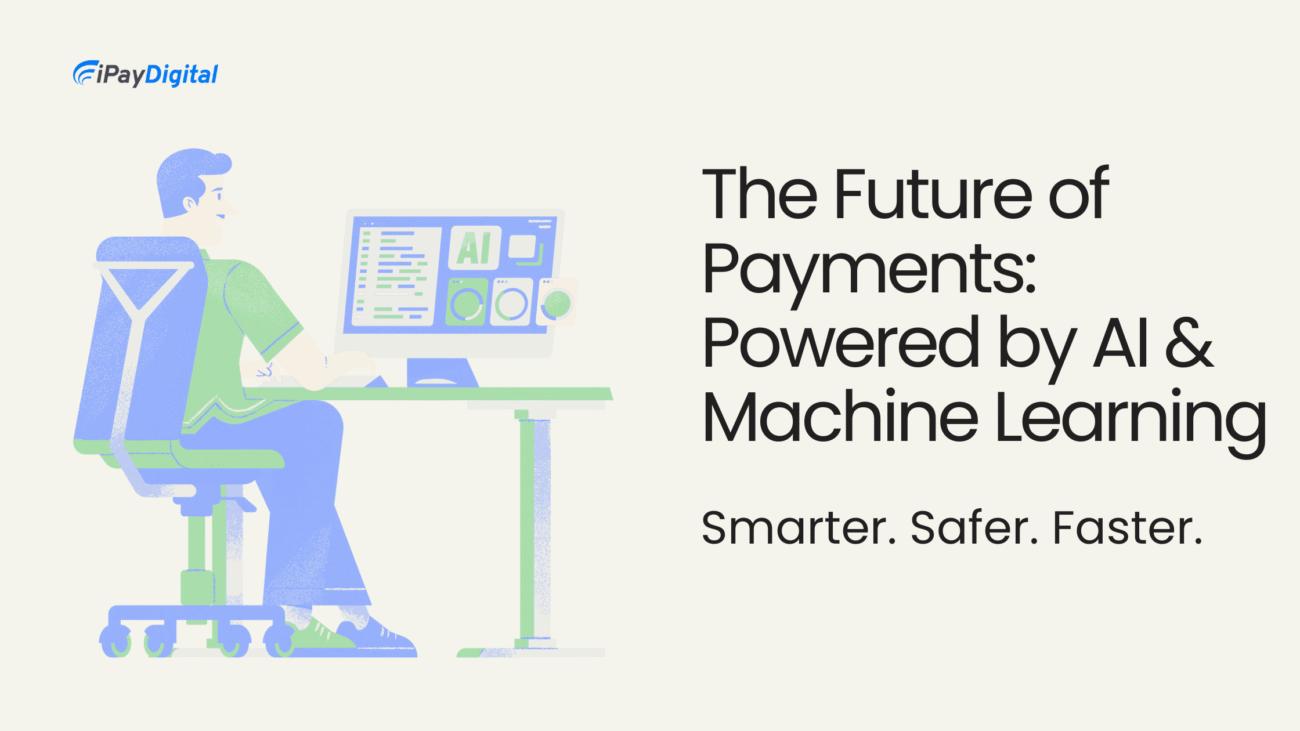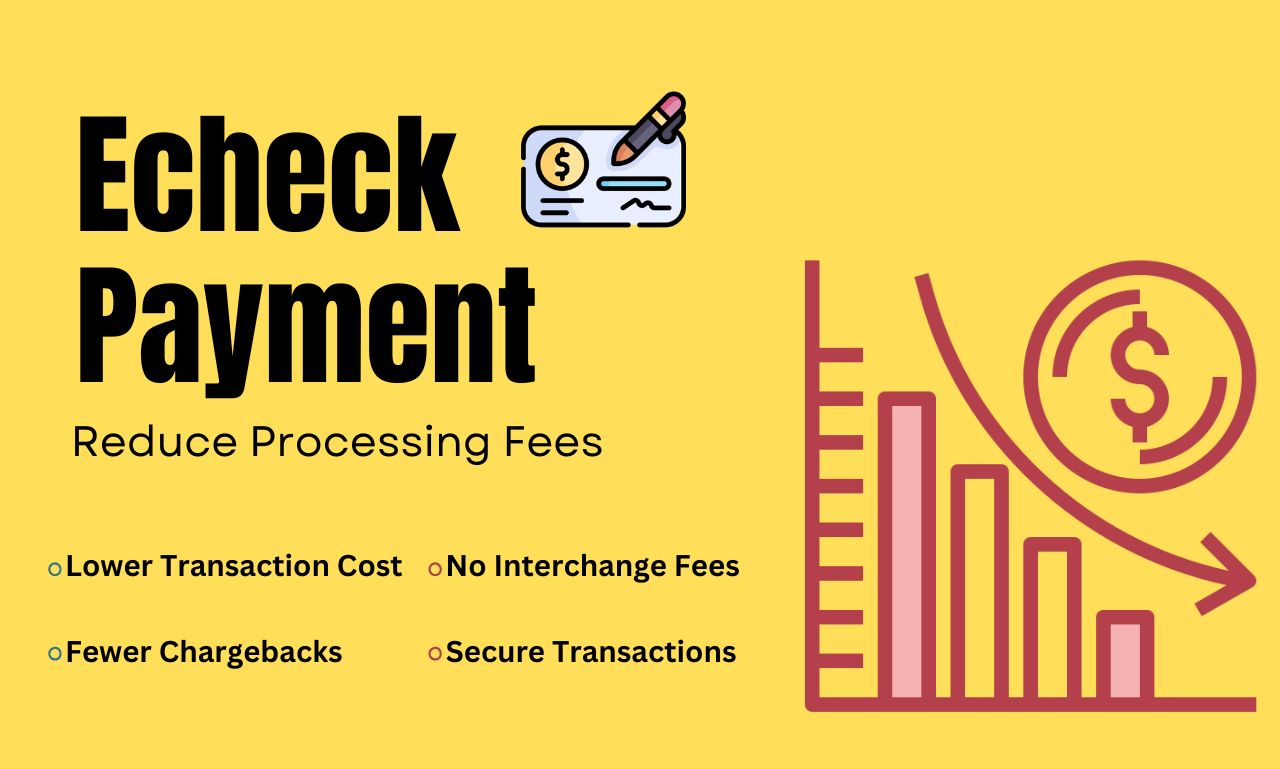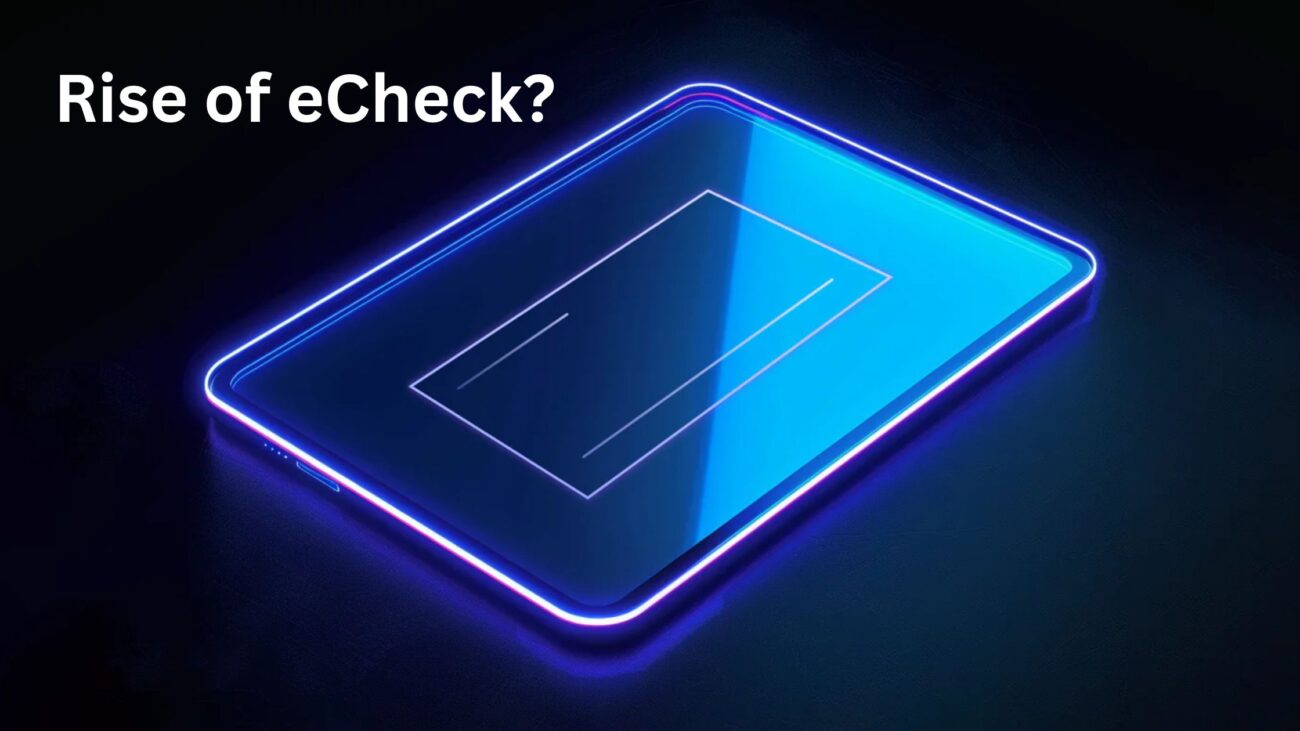The world of payments is constantly evolving. Businesses navigate a complex landscape of credit cards, digital wallets, wire transfers, and more. Amidst this innovation, a reliable and cost-effective workhorse often gets overlooked: the eCheck payment processing system. While perhaps not as flashy as instant mobile payments, eChecks, powered by the Automated Clearing House (ACH) network, offer significant advantages, particularly for businesses seeking efficiency, security, and lower transaction costs.
If you’re in the payment processing industry or a merchant evaluating your payment acceptance strategy, understanding the ins and outs of eCheck payment processing is crucial. Let’s delve into what eChecks are, how they work, their compelling benefits, potential considerations, and why they remain a vital component of a modern payment ecosystem.
What Exactly is eCheck Payment Processing?
At its core, an eCheck (Electronic Check) is simply the digital equivalent of a traditional paper check. Instead of physically writing a check, signing it, and mailing it, the entire process happens electronically. eCheck payment processing leverages the ACH network, the same secure system used for direct deposits, payroll, and many B2B transactions in the United States.
When a customer authorizes an eCheck payment, they provide their bank routing number and account number. The merchant, through their payment processor, initiates an electronic debit request via the ACH network to transfer funds directly from the customer’s bank account to the merchant’s bank account.
Think of it this way:
- Paper Check: Physical paper -> Mail -> Bank Deposit -> Manual Clearing -> Funds Available.
- eCheck: Digital Authorization -> Electronic Submission -> ACH Network -> Automated Clearing -> Funds Available.
The key takeaway is the automation and digitization of the traditional check-clearing process.
Peeling Back the Layers: How eCheck Processing Works Step-by-Step
Understanding the workflow helps appreciate the efficiency and security involved:
- Authorization: The process begins with the customer granting permission for the debit. This authorization can happen in several ways:
- Through an online payment form where the customer enters their bank details.
- Via a signed paper authorization form (often used for recurring payments).
- Over the phone, following specific script and recording requirements for compliance.
- Crucially, clear consent is required as per NACHA (National Automated Clearing House Association) operating rules.
- Payment Initiation: Once authorization is secured, the merchant (or their payment software/processor) submits the payment information electronically. This includes the customer’s bank details, the payment amount, and transaction codes indicating the type of payment (e.g., one-time, recurring).
- ACH Network Processing: The merchant’s bank, known as the Originating Depository Financial Institution (ODFI), receives the transaction details and transmits them in batches to an ACH Operator (like the Federal Reserve or The Clearing House). The ACH Operator sorts the batches and forwards the debit requests to the customer’s bank, the Receiving Depository Financial Institution (RDFI).
- Fund Verification & Settlement: The RDFI verifies the account details and checks for sufficient funds.
- If funds are available and the account is valid, the RDFI debits the customer’s account.
- The funds are then transferred back through the ACH network to the ODFI.
- Finally, the ODFI credits the merchant’s bank account.
This entire clearing and settlement process typically takes 1-3 business days, although same-day ACH options are becoming more prevalent for certain transaction types.
The Compelling Case for eChecks: Why Choose eCheck Payment Processing?
For many businesses, the advantages of accepting eChecks are substantial:
- Significant Cost Savings: This is often the primary driver. Transaction fees for eCheck payment processing are typically much lower than credit card processing fees. Credit card fees often involve percentage-based charges that escalate with transaction value, plus fixed per-transaction fees. eChecks usually have lower flat fees or minimal percentage costs, leading to considerable savings, especially for businesses with high average transaction values or recurring billing models (like SaaS, property management, or memberships).
- Enhanced Security: The ACH network is a highly regulated and secure system governed by NACHA rules. Transactions involve bank-level security protocols, encryption, and verification processes, reducing the risk of sensitive data exposure compared to handling paper checks.
- Streamlined Operations & Automation: eChecks eliminate the manual handling, depositing, and reconciliation associated with paper checks. This reduces administrative overhead, minimizes errors, and speeds up cash flow. They are particularly well-suited for setting up recurring payments (subscriptions, installments, retainers) automatically.
- Wider Customer Reach: Not every customer has or wants to use a credit card for every transaction. Virtually every individual and business with a bank account can make payments via eCheck, potentially broadening your customer base.
- Reduced Chargebacks (Compared to Credit Cards): While eChecks can be returned (e.g., for Non-Sufficient Funds – NSF), the dispute process (often involving unauthorized claims) is generally less prone to “friendly fraud” than credit card chargebacks. The upfront authorization requirement provides a stronger basis for proving legitimacy.
- Improved Cash Flow Predictability: Especially with recurring billing, eChecks provide a more predictable inflow of funds compared to waiting for mailed checks or dealing with credit card expirations.
Navigating the Considerations: Potential Drawbacks
While powerful, eCheck processing isn’t without its nuances:
- Processing Speed: Compared to the near-instant authorization of credit cards, eChecks take longer to clear (typically 1-3 business days, sometimes more). Businesses needing immediate fund confirmation might find this a limitation.
- Risk of Returns (NSF): Like paper checks, eChecks can be returned due to insufficient funds (NSF), closed accounts, or invalid account numbers. Merchants need processes to handle these returns, and processors often charge fees for returned items. Verification services can help mitigate this risk upfront.
- Setup Requirements: Obtaining bank account details might feel more intrusive to some customers compared to providing a credit card number. Clear communication about security and benefits is key. Initial setup might require more detailed customer information.
- Customer Preference: Some consumers are simply more accustomed to or prefer using credit cards for the perceived speed, convenience, or rewards points.
eChecks vs. Other Payment Methods: Finding the Right Fit
- vs. Credit Cards: eChecks win on cost but lose on speed. Credit cards offer instant authorization but come with higher fees and potentially higher chargeback risks.
- vs. Wire Transfers: Wires are faster (often same-day or real-time) but significantly more expensive per transaction. They are typically used for very large, urgent, or international payments.
- vs. Paper Checks: eChecks offer superior speed, security, convenience, and automation compared to their paper predecessors.
Implementing eCheck Payment Processing
Getting started with eChecks involves a few key steps:
- Choose a Provider: Select a reputable payment processor or gateway that offers robust eCheck payment processing (ACH processing). Evaluate their fees, security measures (including fraud detection and verification tools), integration options (API, virtual terminal, hosted payment pages), reporting capabilities, and customer support.
- Integration: Integrate the eCheck payment option into your existing systems – whether it’s your website checkout, invoicing software, or accounting platform.
- Compliance & Authorization: Ensure your authorization processes strictly adhere to NACHA guidelines. This includes obtaining clear consent, providing confirmation, and securely storing authorization records. Transparency with customers is vital.
The Enduring Relevance of eChecks
In an era of rapid fintech innovation, are eChecks still relevant? Absolutely. While newer methods emerge, the fundamental benefits of eCheck payment processing – cost-effectiveness, security through the established ACH network, and suitability for recurring and B2B payments – remain highly attractive. The ACH network itself continues to evolve with initiatives like Same Day ACH, further enhancing the appeal of eChecks.
For industries dealing with large B2B invoices, recurring subscription fees, rent collection, donations, or government payments, eChecks often represent the most sensible and economical choice.
Conclusion: Is eCheck Payment Processing Right for Your Business?
eCheck payment processing offers a compelling blend of low cost, high security, and operational efficiency. While not instantaneous like credit cards, the significant savings on transaction fees, reduced administrative burden, and suitability for recurring billing make it an indispensable tool for many businesses.
If you’re looking to optimize your payment acceptance strategy, reduce overhead, and provide a reliable payment alternative for your customers, exploring eCheck solutions is a smart move. Evaluate your transaction patterns, average ticket size, and customer base. Partner with a knowledgeable payment processor who can guide you through the implementation and help you leverage the full potential of this powerful, enduring payment method. Don’t let the simplicity of the concept fool you – eChecks pack a powerful punch for your bottom line.














